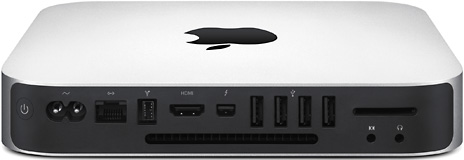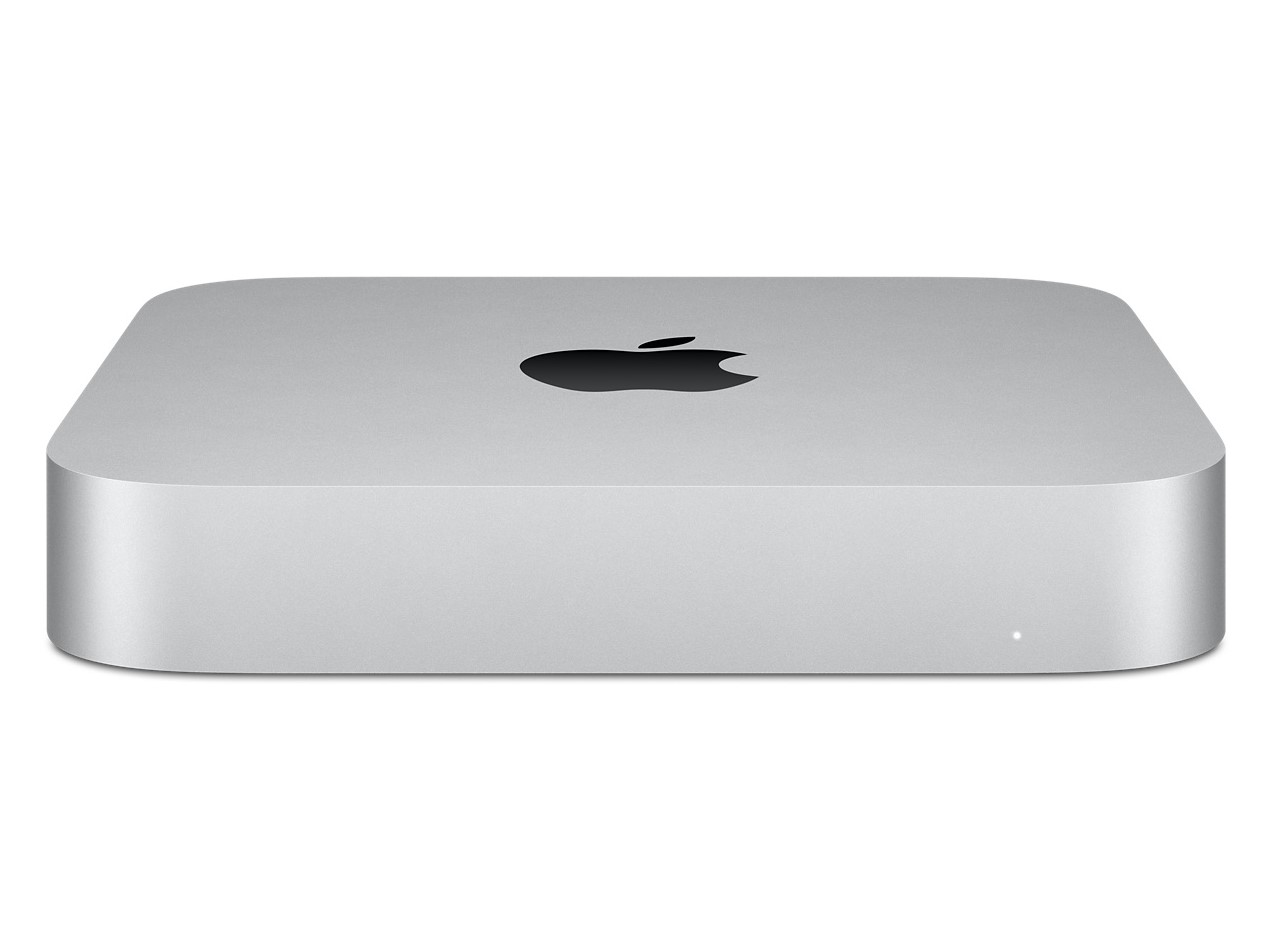
- #Late 2012 mac mini i7 screen resolution mac os#
- #Late 2012 mac mini i7 screen resolution install#
- #Late 2012 mac mini i7 screen resolution drivers#
- #Late 2012 mac mini i7 screen resolution driver#
- #Late 2012 mac mini i7 screen resolution software#
#Late 2012 mac mini i7 screen resolution install#
If using a CD, it boots in BIOS mode (and will then install correctly and boot that way). Oddly, it boots differently depending on the boot media. Using an amd64 image, this machine will boot and install Debian easily. (Tested on a macmini3,1: Intel Core 2 Duo 2.0GHz, 1GB RAM, using the jessie-DI-rc3 netinst for amd64. Once installed, there's quite a delay before the GRUB menu comes up (~30s or so) - be patient!
#Late 2012 mac mini i7 screen resolution driver#
Nouveau is a 'known issue', alternatively install nvidia or other driver and blacklist nouveau. Debian installs fine in EFI mode, but freezes on boot when the nouveauFB driver tries to load due to the lack of a video BIOS. You must boot from CD/DVD to boot into BIOS Compatibility mode booting from USB causes the 3,1 to boot into EFI mode. Using any normal amd64 image written to CD/DVD, this machine will boot into BIOS mode and install Debian easily. (Tested on a macmini2,1: Intel Core 2 Duo 2.0 GHz, 4GB RAM, using debian-mac-8.4.1-amd64-netinst.iso at. Look for debian-mac-XXX-amd64-netinst.iso Also like the Macmini1,1 there will be an approximate 30 second delay before booting via BIOS emulation, for both booting from the CD and from the installed system thereafter. The same image as used above will successfully in the Macmini2,1 but there is now a new flavour of amd64 image that will successfully boot and happily install on this system. This machine will experience the same hangup as the Macmini1,1 when attempting to boot the standard i386 and amd64 install images. There were no firmware updates from Apple for this model, so no updates are necessary. This revision is nearly identical to Macmini 1,1 but is factory-equipped with 64-bit capable CPU and a slightly different firmware from Macmini 1,1. This is necessary to enable trim support on the disk. If you change the disk by an SSD, you might want to switch the SATA Controller to AHCI mode by adding the following Code to /etc/grub.d/01_setpci_ahci:ġ #!/bin/sh 2 echo "# set ICH7-M SATA Controller to AHCI mode" 3 echo "setpci -d 8086:27c4 90.b=40" (Tested on a macmini1,1: Intel Core Duo 1.66 GHz, 1GB RAM, using the jessie-DI-rc3 mac netinst for i386. There's quite a delay before the GRUB menu comes up (~30s or so) - be patient!

This image should boot and install happily on a macmini1,1, giving you a normal Debian installation when it's finished, booting in BIOS mode using GRUB. Specifically as a workaround for this broken firmware, there is now a new flavour of i386 netinst image. Unfortunately, all of the normal Debian installer options for both i386 and amd64 now include 2 El Torito boot records (one for BIOS boot, and one for EFI boot). It tried to offer a choice of the boot options, but it locks up instead. When booting off CD/DVD, if there is more than one El Torito boot record on the disc then the firmware gets confused. The oldest Mini (macmini1,1) is typically the most problematic, due to bugs in its firmware. The best way to start the Debian installer varies a lot, depending on the age of your hardware. See below for more detailed instructions.
#Late 2012 mac mini i7 screen resolution mac os#
Mac OS X) then you'll be more at the mercy of the other operating systems. However, if you do want to dual- or triple-boot with other OSes (e.g.
#Late 2012 mac mini i7 screen resolution software#
Recent versions of Debian (at least from 8/Jessie onwards) should install and work reasonably well on most Mac Minis without needing any other software to help with setup, assuming that you only want to be able to boot Debian. It's also possible to boot wheezy installers from a USB key in this manner. You must use OS X's "bless" utility to change NVRAM entries allowing this to boot. This gives the option of installing rEFIt (or other EFI bootloaders?) on a USB key. To enter the builtin boot menu, hold the "Option" key while booting. In consideration of all of the above, updating the computer's firmware is the simplest way to easily install and boot Linux and also get 2D/3D graphics acceleration. Booting in the BIOS compatibility mode also means using either the LILO or GRUB bootloaders, and having an MBR partition table (either hybrid GPT/MBR or plain MBR). Without it, you only get unaccelerated frame buffer graphics.
#Late 2012 mac mini i7 screen resolution drivers#
This is because the X.org / XFree86 drivers for Intel and ATI, as well as the Linux text console, rely on the Video BIOS and Apple's firmware only provides a Video BIOS when booting in BIOS compatibility mode.

In addition, if you want good graphics support in Linux, you must boot it using the BIOS compatibility mode. Recent firmware adds a BIOS compatibility mode, including detection of BIOS-bootable disks and CDs in the built-in boot volume chooser. This is important - some older versions of firmware won't provide some of the underlying support that you'll likely need to install Debian.

Verify that your computer has the latest firmware.


 0 kommentar(er)
0 kommentar(er)
